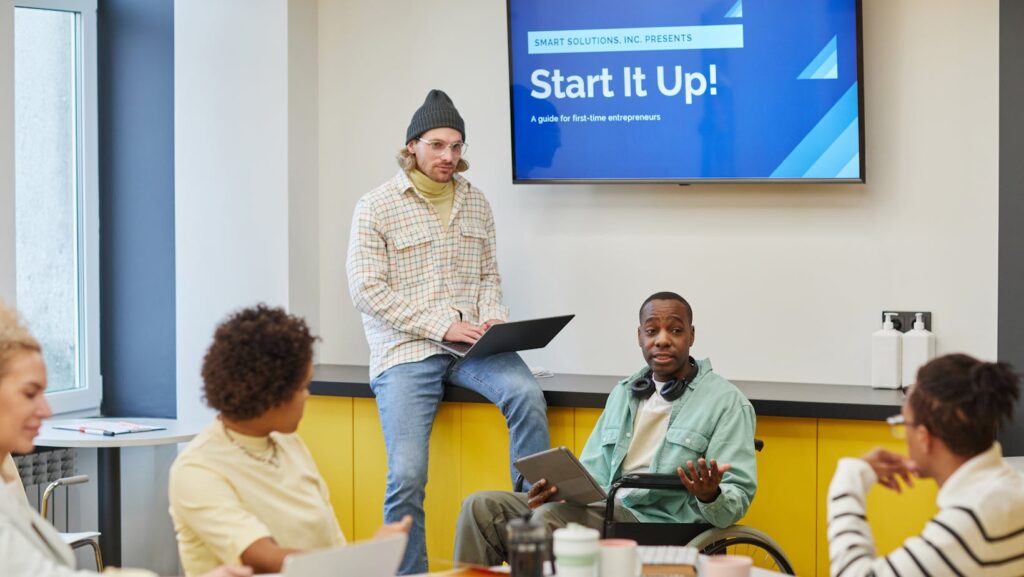Physical education plays a pivotal role in shaping the health and well-being of our youth. Yet, it’s the professional development of these educators that ensures they’re equipped with the latest strategies and techniques to make a lasting impact.
Physical Education Professional Development
Physical education professional development reigns supreme. It acts as an essential tool for educators striving to expand their knowledge base and refine their teaching techniques. Continued education stands as the backbone of this process, granting teachers access to the latest pedagogical approaches. It also lets them explore contemporary strategies and techniques linked to health and physical fitness. To illustrate, participation in professional seminars, webinars, or workshops on emerging trends in physical education aids in directing a teacher’s approach towards a more effective and engaging instruction method.
Impact on Student Outcomes and Engagement

Professional development further transcends its scope to student outcomes and engagement. Active learning methods, imparted by well-informed educators, foster a conducive learning environment, thus helping students reap maximum benefits from the curriculum. Evidence from researches, like a 2018 study in The Physical Educator journal. This study confirms a correlation between teacher’s professional development and increased student engagement, fitness levels, and overall active behavior during physical education classes.
Current Trends in Physical Education Professional Development
Technology Integration in Training Programs
Through time and progression, technology has rooted itself deeply in education. Physical education professional development is keen on integrating such prevalence. Modern training programs often incorporate advanced digital tools and cutting-edge software. For example, teachers now utilize interactive gaming technology, fitness tracking devices, and immersive virtual reality systems in their lessons. Diving into a 2020 study in The Journal of Physical Education, Recreation & Dance activated this revelation: Teachers equipped with the right digital tools achieve an uptick in student participation levels and overall interest in physical education classes.
Emphasis on Inclusive Practices

Inclusive practices hold a significant position in current teaching methodologies. Physical education teachers, through their professional development, gain enhanced strategies to accommodate varying student abilities and learning styles. For instance, educators learn to modify games and activities, ensuring that every student, regardless of athletic prowess or physical ability, can participate and benefit. Harnessing a 2019 report from The Journal of Teaching in Physical Education, it emerges clear – Inclusive strategies lead to improved student morale, increased participation, and stronger class cohesion.
Best Practices for Effective Professional Development
Collaborative Learning and Peer Mentorship
Collaborative learning fosters a sense of community among educators, encouraging resource-sharing and collective problem-solving. In this form of learning, educators collectively analyze their teaching methods, discuss challenges, and derive solutions. For example, they might work together to create an adaptable lesson plan for different student ability levels. It’s an active process that breaks the isolation often associated with teaching, promoting professional growth.
Peer Mentorship serves as another vital component of professional development. In such scenarios, experienced educators guide their peers, imparting knowledge and sharing personal experiences.
Continuous Assessment and Feedback Mechanisms

The Continuous Assessment mechanism plays a significant role in professional development. This practice entails periodic reviews and evaluations of an educator’s performance, helping them identify their strengths and areas of improvement. Imagine a coach receiving feedback on the effectiveness of their warm-up routines – this kind of information paves the way for beneficial adjustments.
Without forgetting the vital role feedback plays, it acts as the backbone of professional growth. Feedback captured through student surveys or peer reviews provides insights into educators’ teaching styles and their impact on students’ learning experiences. Teachers, upon receiving feedback, make necessary modifications to their pedagogies, contributing to improved teaching outcomes.
All You Need To Know
Physical education professional development isn’t just a trend; it’s a necessity for the modern educator. It’s a catalyst for improved teaching methods, greater student engagement, and healthier school programs. The rise of technology and inclusive practices has revolutionized how educators approach their craft. Interactive gaming and virtual reality are no longer novelties, but tools for fostering an engaging and inclusive learning environment.

